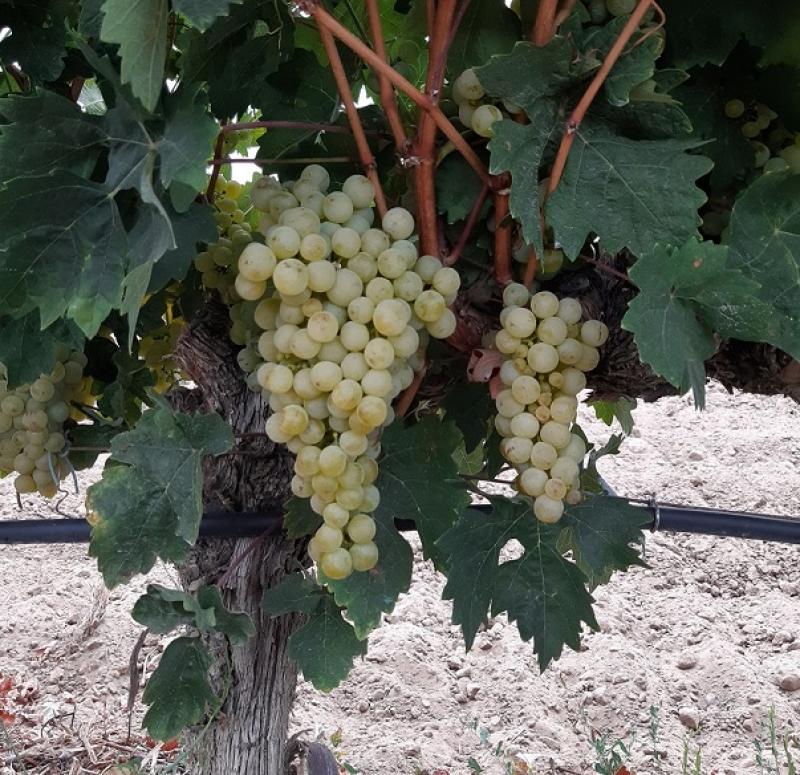A complex chromosomal rearrangement event underlies the origin of Tempranillo Blanco, a somatic variant of Tempranillo Tinto. This event led to the loss of the genetic information required for anthocyanin pigmentation in the berry skin, which generated the loss of color in Tempranillo Blanco berries. In addition, this new cultivar is also known for certain alterations of its reproductive performance.
The description and comparative analysis of the reproductive performance in Tempranillo Blanco and Tempranillo Tinto cultivars during two consecutive seasons allowed us to determine that the distinctive low weight of Tempranillo Blanco clusters derives from a markedly reduction in the number of seeds per berry and a high tendency to millerandage, two features that derive from a significant low fruit set rate. This distinctive trait derives from the lower pollen viability observed in Tempranillo Blanco than in Tempranillo Tinto, a consequence of the chromosomal rearrangement that led to the loss of colour in this new cultivar. Low pollen viability hinders germination and fertilization mechanisms, which in turn reduces fruit set and vineyard yield.
On the other hand, the analysis of the reproductive performance of Tempranillo Blanco in nine plots distributed along the Ebro river valley in La Rioja region allowed us to determine that its limiting fruit set manifests under specific climatic conditions that decimate its potential yield. Among others, low pre-flowering temperatures and heavy rains at flowering time hinder its fruit set, which in turn increases millerandage rates and reduces Tempranillo Blanco yield.
Nevertheless, the reduced yield performance of Tempranillo Blanco can be an acceptable trade-off for high quality winemaking. Thus, the lower number of seeds per berry observed in Tempranillo Blanco generates a reduction in cluster compactness, which can be less prone to fungal diseases and enable a more homogeneous solar radiation of individual berries that benefits berry ripening and must composition.
More information:
Tello, J., Royo, C., Baroja, E., García-Escudero, E., Martínez-Zapater, J.M., Carbonell-Bejerano, P. (2021) Reduced gamete viability associated to somatic genome rearrangements increases fruit set sensitivity to the environment in Tempranillo Blanco grapevine cultivar. Scientia Horticulturae, 290:110497.








